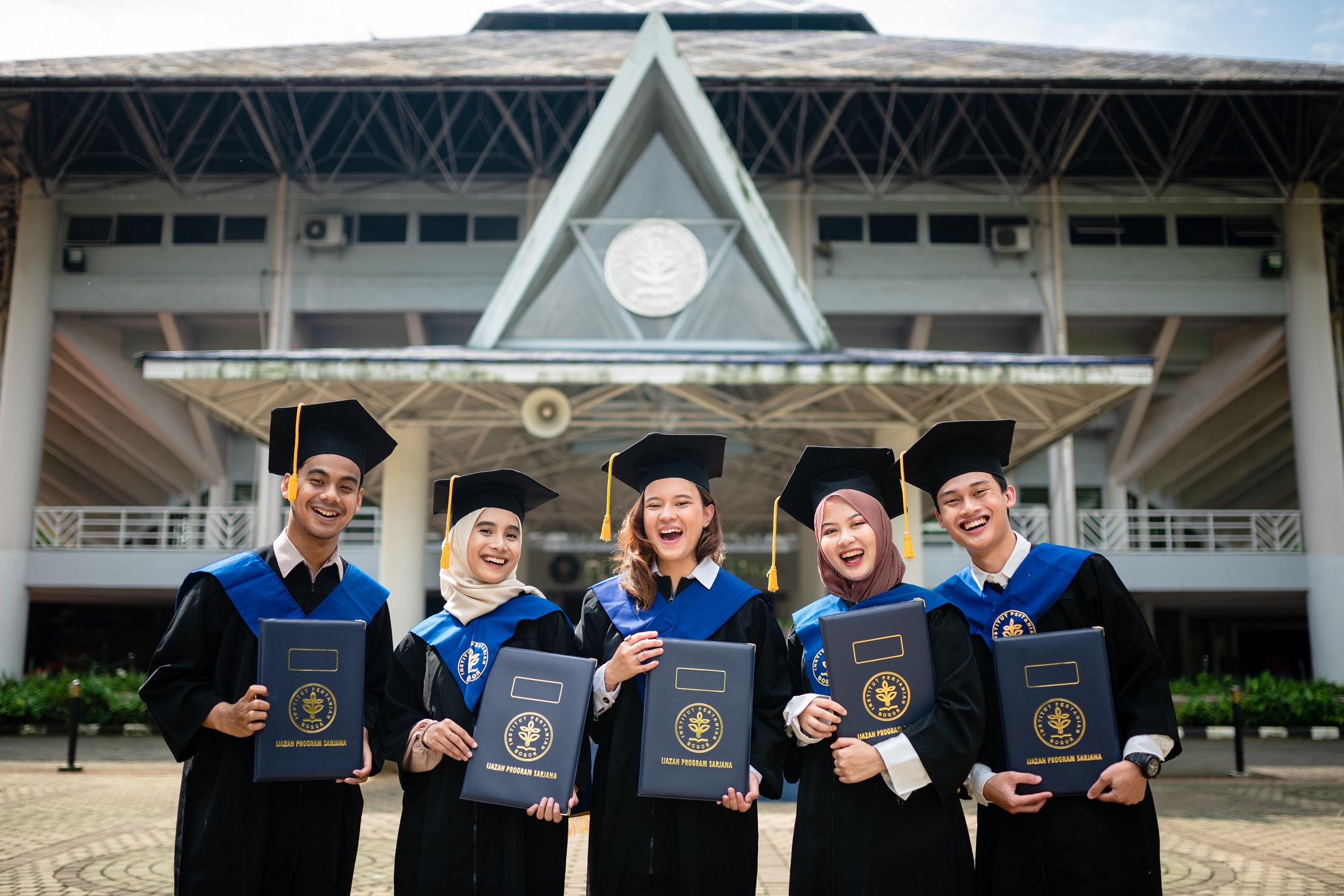A Group of Researchers of IPB Utilize Seaweed and Yellow Tail Fish for Lipbalm and Sunscreen

People are increasingly looking to get back to nature, rejecting the modern world and living off the earth. Going natural is a growing trend, the natural beauty products aren’t new but have become hugely fashionable, shedding their hippie image. industry. Marine environment represents countless and diverse resource of both biological and chemical diversity. Various natural materials have been widely explored its bioactive content to produce natural cosmetics. Numerous compounds isolated from marine organisms exhibit various cosmeceutical activities such as antioxidant, antiinflammation, antiallergy, antiaging and antiwrinkling effect, tyrosinase and MMP inhibition, and ultraviolet protection.
A group of researchers of the Department of Aquatic Product Technology (THP), of the Faculty of Fisheries and Marine Science, of Bogor Agricultural University (FPIK IPB), namely Prof. Nurjanah, Dr. Mala Nurilmala, Asadatun Abdullah, M.Si, Prof. Dr. Tati Nurhayati, and Taufik Hidayat, M.Si. implemented their research program on development of tropical seaweed and yellow tail collagen as the raw materials for natural cosmetics industry.
Prof. Nurjanah explained that cosmetics industry is highly committed to finding natural sources of functional/bioactive-rich compounds, preferably from sustainable and cheap raw materials, to deliver innovative products and solutions that meet consumers’ expectations. Macroalgae are an excellent example of a natural resource that can fit these requirements. The incorporation of macroalgae-derived ingredients in cosmetics has been growing, as more and more scientific evidence reports their skin health-promoting effects cosmetic products based on tropical seaweed is an alternative as natural cosmetics. Aquaculture of seaweed is scarce outside of Asia, which triggered a worldwide search for hitherto unexploited natural seaweed resources. Seaweed contains florotanin, vitamin E, and fatty acids, as bioactive component for skin health.
"Collagen source from fish waste skin, scale, bone and fin collagen possess the potential to be an alternative collagen source for a variety of uses in many fields. Collagen source from fish waste could be an important alternative source of collagen to replace mammalian collagen for industrial applications. Collagen is usually from cattle and pigs, but the emergence of some cases of diseases in cows, and if derived from pigs, it can be a problem for some religions. In addition, yellow tail fish is easily found in the market. After being evaluated, this species of fish has good rendements," she explained.
Furthermore, the professor on the characterization of the aquatic product, explained that the team chose three types of seaweed originating from Indonesian waters, namely Sargassum, Euchema cottonii and Turbinaria. The bioactive of those three species of seaweeds and their antioxidant additive are strong and in moderate category. Research products resulted of the research team are lipbalm and sunscreen (sunscreen).
"After going through various series of product testing, sunscreen cream from the combination of seaweed Euchema cottonii and Turbinaria is the best. As for lipbalm combination of E. cottonii and Sargassum is the best. The product of sunscreen creams and lipbalm produced has a value of Sun Protecting Factor (SPF) and is good for the skin," she concluded. (Wied)



